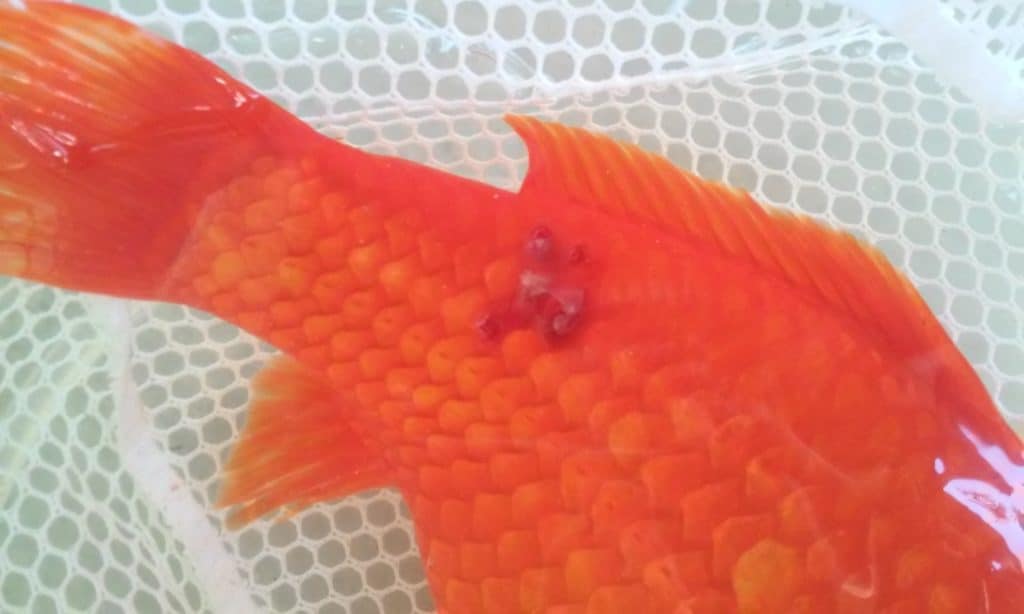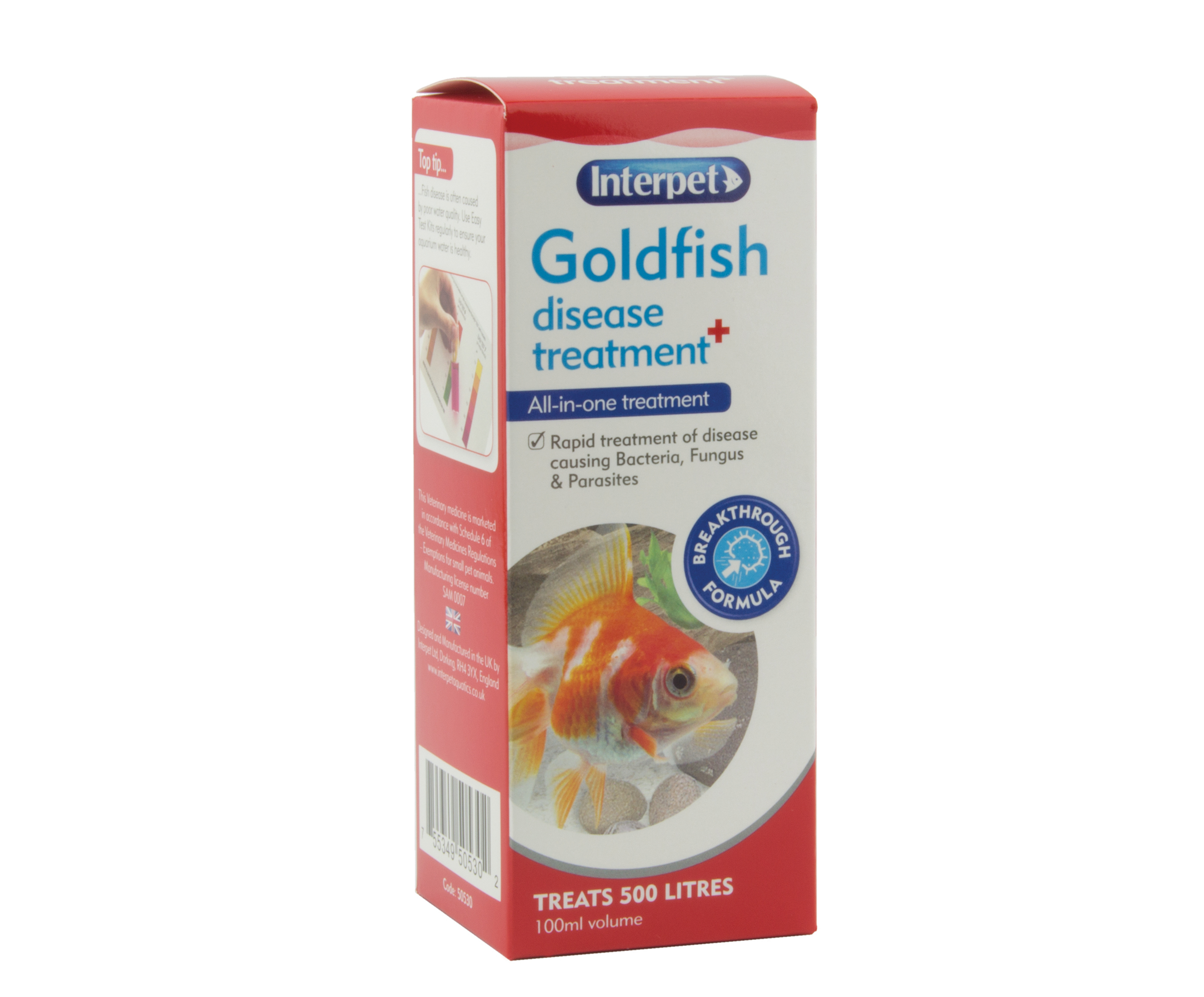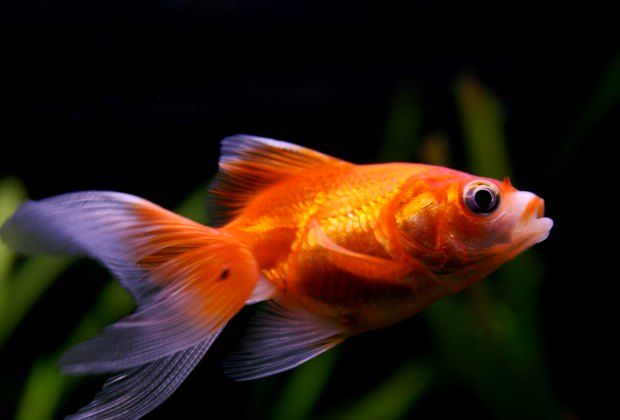Goldfish can suffer from various health problems such as swim bladder disease and fin rot. These issues often result from poor water quality or improper diet.
Goldfish are popular pets known for their vibrant colors and graceful swimming. Despite their hardy nature, they are prone to several health issues. Swim bladder disease affects their buoyancy, causing them to float or sink uncontrollably. Fin rot, a bacterial infection, leads to frayed and decaying fins.
Poor water quality, overfeeding, and stress are common culprits. Regular tank maintenance, a balanced diet, and close monitoring can prevent these problems. Understanding the signs and addressing them promptly ensures a healthy, happy goldfish. Proper care is essential for their well-being.
Common Goldfish Diseases
Goldfish are popular pets, but they can face various health issues. Knowing about common diseases helps you keep your fish healthy. This section will cover two major diseases: Ich and Fin Rot.
Ich
Ich, also known as white spot disease, is caused by a parasite. You will notice tiny white spots on your goldfish’s body and fins. The fish may scratch itself against objects in the tank.
To treat Ich:
- Raise the water temperature to 30°C (86°F) for 3 days.
- Add aquarium salt (1-2 teaspoons per gallon).
- Use an Ich treatment from the pet store.
Fin Rot
Fin Rot affects the fins and tail of goldfish. It is caused by bacteria or fungi. The fins appear ragged and may have a white edge.
To treat Fin Rot:
- Remove any sharp objects from the tank.
- Improve water quality by doing regular water changes.
- Use an antibacterial treatment.
Avoid overfeeding your goldfish to keep the water clean.
| Disease | Symptoms | Treatment |
|---|---|---|
| Ich | White spots, itching | Raise temperature, add salt, use medicine |
| Fin Rot | Ragged fins, white edges | Remove sharp objects, improve water quality, use medicine |
Symptoms To Watch For
Goldfish are popular pets, but they can suffer from various health issues. Recognizing symptoms early is crucial for effective treatment. Below are some vital signs to monitor to keep your goldfish healthy and happy.
Behavioral Changes
Changes in behavior can indicate health problems. Watch for the following:
- Lethargy: Goldfish may become less active or spend time at the bottom.
- Erratic Swimming: Look for unusual swimming patterns or difficulty staying upright.
- Gasping at the Surface: This can be a sign of oxygen deficiency or gill issues.
- Loss of Appetite: Reduced interest in food can indicate sickness.
Physical Signs
Physical symptoms often accompany behavioral changes. Keep an eye out for these signs:
| Symptom | Description |
|---|---|
| White Spots | Indicate Ich, a common parasitic infection. |
| Red Streaks | Can be a sign of bacterial infection or stress. |
| Swollen Abdomen | May indicate dropsy, an internal bacterial infection. |
| Frayed Fins | Look for torn or ragged edges on fins. |
| Cloudy Eyes | Often a sign of poor water quality or infection. |
Monitoring these symptoms helps in early diagnosis and treatment. Ensure proper care to maintain your goldfish’s health.
Preventative Measures
Goldfish are delightful pets, but they can face health issues. Preventative measures help keep your goldfish healthy. Here are essential steps to follow.
Proper Tank Maintenance
Maintain a clean tank to ensure your goldfish’s health. A dirty tank can cause diseases. Regular water changes are necessary. Change 10-20% of the water weekly. Use a water conditioner to remove harmful chemicals.
Check water parameters regularly. Use a test kit to measure ammonia, nitrite, and nitrate levels. Keep ammonia and nitrite levels at 0 ppm. Nitrate levels should stay below 20 ppm.
Ensure your tank has a good filtration system. A reliable filter removes waste and toxins. Clean the filter monthly to keep it efficient. Avoid overstocking the tank. Follow the rule of one inch of fish per gallon.
Balanced Diet
Feed your goldfish a balanced diet. A varied diet promotes good health. Use high-quality goldfish pellets as the main food. Supplement with fresh vegetables and live or frozen foods.
Offer vegetables like peas, spinach, and zucchini. Blanch them first to soften. Live or frozen foods include brine shrimp and daphnia. These foods provide essential nutrients.
Avoid overfeeding. Overfeeding leads to obesity and water pollution. Feed small amounts twice a day. Remove uneaten food after 5 minutes.
Consider adding vitamins and supplements. They boost your goldfish’s immune system. Consult a vet before adding supplements.

Credit: cafishvet.com
Water Quality Management
Maintaining optimal water quality is essential for goldfish health. Poor water quality can lead to numerous health problems. Effective water quality management involves regular monitoring and maintenance.
Testing Water Parameters
Regularly testing water parameters ensures a healthy environment for goldfish. Key parameters to monitor include:
- pH levels: Ideal range is 6.5 to 7.5.
- Ammonia: Should always be at 0 ppm.
- Nitrite: Should also be at 0 ppm.
- Nitrate: Keep it below 20 ppm.
- Temperature: Maintain between 65°F and 75°F.
Use a reliable water testing kit. Test the water weekly. This helps catch problems early.
Regular Water Changes
Performing regular water changes is crucial for water quality. It helps remove toxins and waste.
Follow these steps for effective water changes:
- Turn off all electrical equipment like filters and heaters.
- Remove 25-30% of the tank water using a siphon.
- Replace with dechlorinated water of the same temperature.
- Turn on the equipment once the water change is complete.
Frequency: Perform water changes weekly. This keeps the water clean and safe for your goldfish.
| Parameter | Ideal Range | Frequency of Testing |
|---|---|---|
| pH Levels | 6.5 – 7.5 | Weekly |
| Ammonia | 0 ppm | Weekly |
| Nitrite | 0 ppm | Weekly |
| Nitrate | < 20 ppm | Weekly |
| Temperature | 65°F – 75°F | Weekly |
Maintaining these parameters ensures a healthy environment for your goldfish.
Quarantine Procedures
Quarantine is essential for keeping your goldfish healthy. It helps prevent the spread of diseases. Follow these procedures to protect your fish.
New Fish
Always quarantine new fish before adding them to your tank. New fish can carry diseases. Quarantine them for at least two weeks. This ensures they are healthy.
Set up a separate tank for new fish. Make sure it has a filter and heater. Observe the fish daily. Look for signs of illness like spots or unusual behavior.
| Step | Action |
|---|---|
| 1 | Set up a separate tank |
| 2 | Observe new fish daily |
| 3 | Look for signs of illness |
| 4 | Quarantine for at least two weeks |
After the quarantine period, your new fish can join the main tank. This keeps your existing fish safe.
Infected Fish
Sometimes, goldfish get sick. Separate infected fish immediately. Use a hospital tank. This prevents the disease from spreading.
In the hospital tank, treat the infected fish. Use medications if needed. Follow instructions on the medication package. Monitor the fish closely.
- Set up a hospital tank
- Isolate the infected fish
- Treat with medications
- Monitor closely
Once the fish recovers, keep it in quarantine for a few more days. Ensure it is fully healthy before returning it to the main tank.

Credit: pondaquariumproblemsolver.co.uk
Nutrition And Feeding
Goldfish can suffer from various health problems. Nutrition and feeding play a crucial role in keeping them healthy. A proper diet ensures their vitality, growth, and overall well-being. This section covers the types of food and feeding schedules for goldfish.
Types Of Food
Goldfish thrive on a diverse diet. Different types of food provide essential nutrients:
- Flakes: Easily available, but can lose nutrients quickly.
- Pellets: More nutritious and less messy than flakes.
- Frozen Foods: Includes bloodworms, brine shrimp, and daphnia. Excellent source of protein.
- Fresh Vegetables: Peas, spinach, and lettuce help with digestion.
- Live Foods: Enhance activity levels and provide natural nutrients.
Feeding Schedule
A consistent feeding schedule is vital for goldfish health. Overfeeding can lead to obesity and other health issues. Underfeeding can cause malnutrition.
| Age | Feeding Frequency | Notes |
|---|---|---|
| Young Goldfish | 2-3 times a day | Provide small amounts each time. |
| Adult Goldfish | Once or twice a day | Ensure a balanced diet. |
| Senior Goldfish | Once a day | Focus on easy-to-digest foods. |
Always remove uneaten food after 5 minutes. This prevents water contamination.
Stress Factors
Stress can harm your goldfish’s health. Understanding the stress factors is crucial. This helps in providing a healthy environment for your pet.
Overcrowding
Overcrowding is a major stress factor. Goldfish need space to swim freely. Lack of space leads to competition for food and oxygen. This can cause aggression among the fish.
To avoid overcrowding, follow these guidelines:
- Each goldfish needs at least 20 gallons of water.
- Regularly clean the tank to keep water quality high.
- Use a proper filtration system to maintain oxygen levels.
Sudden Changes
Goldfish are sensitive to sudden changes. This includes water temperature, pH levels, and lighting. Sudden changes can shock their system and cause stress.
Here are some tips to avoid sudden changes:
- Gradually change the water temperature when needed.
- Monitor pH levels regularly and adjust slowly.
- Maintain a consistent lighting schedule.
Keeping these stress factors in mind ensures a healthier environment for your goldfish. Proper care reduces their stress and improves their overall well-being.
When To Consult A Vet
Goldfish are popular pets, known for their bright colors and playful nature. Keeping them healthy is essential to ensure their long life. Sometimes, health issues arise that need professional care. Knowing when to consult a vet can save your goldfish’s life.
Signs Of Serious Illness
Goldfish can’t tell you when they feel sick. You need to watch for signs. Here are some symptoms that indicate serious illness:
- Loss of Appetite: If your goldfish stops eating, it’s a bad sign.
- Erratic Swimming: Swimming upside down or in circles is not normal.
- Visible Sores or Spots: Red spots, white patches, or sores are alarming.
- Gasping at Surface: This could mean a lack of oxygen or a gill problem.
- Bloated Appearance: Swelling in the body can indicate dropsy or other issues.
Treatment Options
Once you notice any signs of illness, it’s crucial to act quickly. There are various treatment options available:
| Symptoms | Possible Treatments |
|---|---|
| Loss of Appetite | Change water, check for infections, consult a vet |
| Erratic Swimming | Check water quality, isolate the fish, seek veterinary advice |
| Visible Sores or Spots | Apply topical treatments, use medicated food, visit a vet |
| Gasping at Surface | Increase aeration, test water parameters, consult a vet |
| Bloated Appearance | Isolate fish, use Epsom salt baths, seek veterinary help |
Proper diagnosis is essential for effective treatment. Always consult a vet for accurate advice.

Credit: completegoldfishcare.com
Frequently Asked Questions
What Is The Most Common Disease In Goldfish?
The most common disease in goldfish is Ich, also known as white spot disease. It causes white spots on their skin.
What Is The Most Common Cause Of Goldfish Death?
The most common cause of goldfish death is poor water quality. Ensure proper filtration and regular water changes.
What Does Bacterial Infection Look Like On Goldfish?
Bacterial infection in goldfish appears as red streaks, sores, ulcers, or swollen areas on their body. They may also display frayed fins.
How To Tell If Your Goldfish Has Parasites?
Goldfish with parasites may show signs like white spots, clamped fins, scratching, lethargy, and loss of appetite.
Conclusion
Maintaining goldfish health is crucial for their well-being. Regular water changes and a balanced diet are essential. Keep an eye out for common health issues. Early detection can prevent serious problems. By following these tips, you can ensure a happy and healthy life for your goldfish.